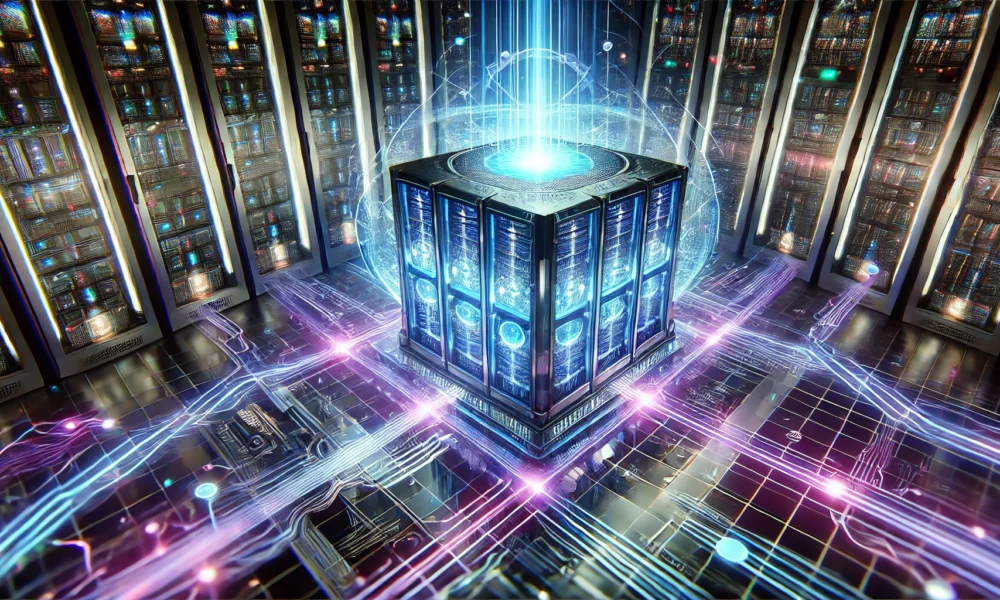Unite
3w
30

Image Credit: Unite
AI Singularity and the End of Moore’s Law: The Rise of Self-Learning Machines
- Moore’s Law, predicting technological progress, is losing momentum as transistors reach atomic-scale limits, while AI computing power advances rapidly.
- AI's unique ability to learn continuously and improve algorithms has led to significant efficiency and performance gains compared to traditional computing.
- The AI singularity, where AI surpasses human intelligence, is approaching rapidly, potentially reaching Artificial Superintelligence (ASI) by 2027.
- AI scaling relies on parallel processing, machine learning, and specialized hardware, shifting away from Moore's Law's transistor-focused advancements.
- Companies like Nvidia are developing specialized AI processors to meet the growing demand for computational power driven by AI advancements.
- AI systems, such as Tesla's Dojo supercomputer, are designed for handling massive workloads and training advanced models efficiently.
- AI's recursive self-improvement capability accelerates its development towards ASI, leading to a new era of intelligent computing.
- The AI singularity depends on the development of AGI and experts have varying predictions on when it might occur, with some suggesting as early as 2027.
- Efforts are underway to ensure AI systems remain aligned with human values and objectives to mitigate risks associated with AI's rapid development.
- While superintelligent AI offers transformative potential across industries, risks of loss of human control and existential threats must be carefully managed.
Read Full Article
1 Like
For uninterrupted reading, download the app